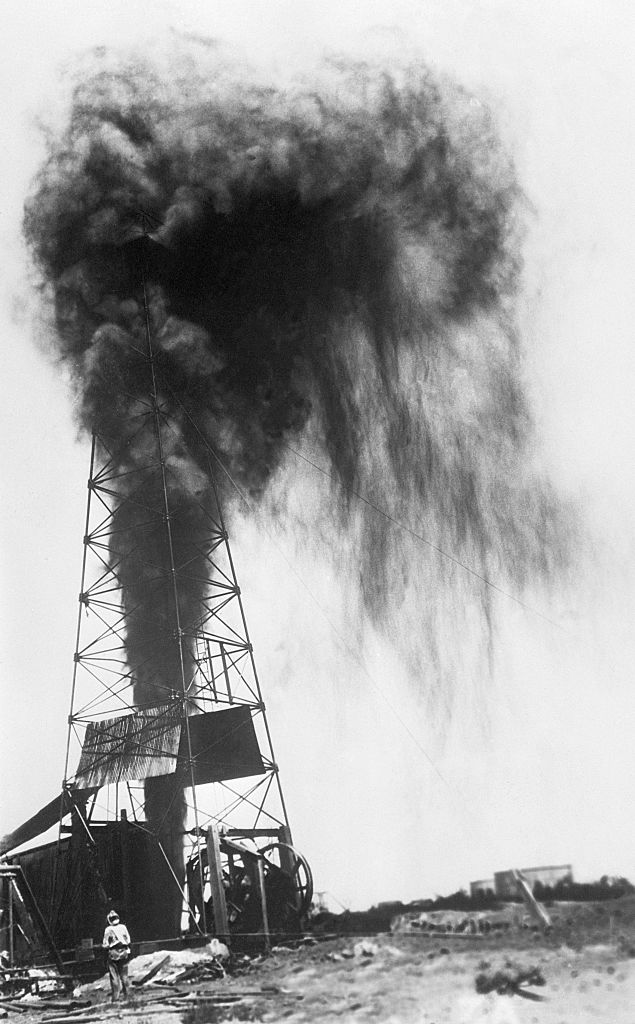I am generally suspicious of too much nostalgia, because as human beings we often have the tendency to disproportionally glorify or condemn the past. Sometimes, however, we do have the numbers to prove that the past is indeed “a different country” and maybe they did some things better there than we do here.
I have always been fascinated with the survival rates of RMS Titanic. We all have heard the stories of anecdotal heroism, but I would propose that in this case, it is not just anecdotal, but statistical. Astonishingly, while a mere 20 per cent of the men survived, a more fortunate 52 per cent of the children and 74 per cent of the women survived the sinking of the Titanic.
Certainly, not every man on Titanic emerged as a hero, but societal expectations of the time dictated that lifeboats were to be prioritised for women and children, and an astounding number of men lived up to these expectations.
This cultural norm of masculine self-sacrifice in emergencies is so alien to us these days, that James Cameron had to rewrite history for his 1997 blockbuster film “Titanic,” apparently worried that his audience could not fathom the heroism of everyday individuals.
As the Canadian author Mark Steyn noted: “James Cameron […]was obsessed with toffs cutting in line, cowardly men elbowing the womenfolk out of the way and scrambling for the lifeboats, etc. In fact, all the historical evidence is that the evacuation was very orderly. In real life, First Officer William Murdoch threw deckchairs to passengers drowning in the water to give them something to cling to, and then he went down with the ship—the dull, decent thing, all very British, with no fuss. In Cameron’s movie, Murdoch takes a bribe and murders a third-class passenger.”
Cameron embodies the essence of wokeness. Whatever happened in history, the West is the villain and heroism can only be found in resistance towards it. Such a worldview, however, will end up elevating cowardice over courage – a phenomenon we see at our universities where administrators are terrified to stand up to a handful of antisemitic protestors.

In his book “After America,” Steyn then continues to compare the tragedy of Titanic to more recent incidents.
For example, consider the captain of the Costa Concordia, an Italian cruise ship that tragically sank in the Mediterranean in 2012, resulting in 32 deaths. Unlike the chivalrous men of Titanic, the captain himself was one of the first to abandon ship, securing a spot in a lifeboat and leaving passengers to fend for themselves.
Similarly, the disaster of the MV Estonia in 1994, a ferry that capsized in the Baltic Sea, provides graver glimpses into human behaviour during crises. Eyewitnesses recounted horrors that echoed the anarchic scenes depicted in Cameron’s “Titanic.”
A poignant testimony describes a woman who had broken her legs, pleading desperately for a lifeboat or life jacket, only to face brutal disregard due to the “law of the jungle” mentality.
Another horrifying account details a passenger literally stepping over crying children in his frantic rush to a lifeboat. The survival statistics of this tragedy were appalling: out of 1,051 passengers, only 139 survived. Notably, not a single woman under 15 or over 65 years old was saved, and only a dismal five percent of all women survived, compared to over 40 percent of young men.
The contrasts between these maritime disasters underscore differing social norms and responses to emergencies. The Titanic disaster is often remembered for the somewhat noble behaviour exhibited by many male passengers, following the “women and children first” protocol.
In contrast, incidents like the Costa Concordia and MV Estonia highlight instances where the instinct for self-preservation overrode societal expectations.
Reflecting on these differing scenarios, it is evident that societal norms significantly influence behaviour in times of crisis, though the outcomes can differ drastically based on individual actions and decisions. Whether through a lens of historical reverence or critical introspection, these maritime tragedies offer valuable lessons in human nature, the power of social norms, and the unpredictable nature of disaster responses.
Ultimately, while Titanic epitomized a certain gallant adherence to social norms, more recent maritime disasters reveal a complex spectrum of human behaviour, from the selfless to the self-preserving. The stories of these ships serve as sombre reminders of how individuals might react when faced with imminent peril, shedding light on both the best and the darkest aspects of humanity.
In 2006, Harvard philosopher Harvey Mansfield sparked a significant controversy with the publication of his book, “Masculinity.” In it, Mansfield made a case for traditional Western role models, spotlighting the British concept of the “gentleman” as a vital element of civilized society. His arguments posited that these time-honoured ideals of manhood are essential to the fabric of societal interactions and values.
Unsurprisingly, Mansfield’s views incited intense backlash from various arts and cultural commentators. Critics perceived his defence of traditional male roles as a veiled endorsement of patriarchy and an attempt to perpetuate outdated norms.
In an era increasingly focused on deconstructing and addressing toxic masculinity, Mansfield’s proposition—that a positive and classical view of masculinity could be beneficial—was met with considerable scepticism and outright indignation.
Ultimately, I believe that history will confirm Mansfield’s view that traditional masculine values are essential for the survival of civilisation. At the moment, we are running the experiment of how things will be without it, but from what we can see so far, it does not look encouraging.






EU still heading toward a cliff edge, but more slowly